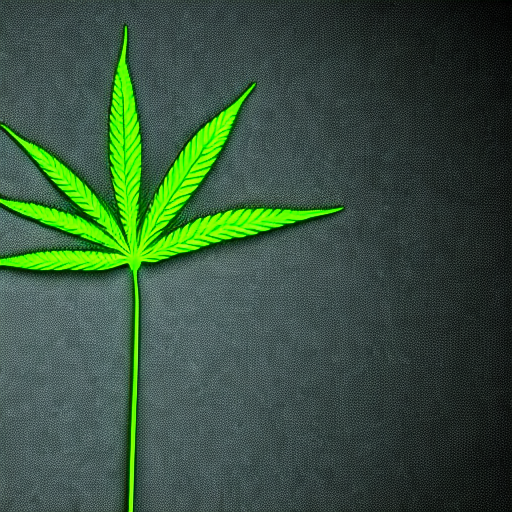
The U.S. Department of Agriculture (USDA) is taking steps to support the hemp industry by encouraging hemp growers to construct a unique device that can collect cannabis pollen efficiently. The device, reminiscent of the Ghostbusters backpack vacuum, allows farmers to collect up to 10 grams of cannabis pollen in less than a minute. This effort aims to gather and distribute the pollen to an international group of researchers and breeders.
In an instructional video posted by the USDA’s Agricultural Research Service (ARS), an official walks viewers through the process of building and setting up the device. The invention was created by a former department employee and a hemp cultivator, with the goal of streamlining the pollen collection process.
The setup involves attaching a 100-micron mesh filter to a wearable vacuum nozzle that has a glass vial attached. The user simply turns on the vacuum and gently runs the nozzle along the stem and leaves of male hemp plants. The small size of pollen, approximately 25 microns, allows it to pass through the filter into the vial while keeping out any raw plant material.
According to the USDA, this device is capable of collecting “10 grams of high-quality hemp pollen in under a minute.” The agency hopes to distribute this pollen to various hemp breeders and researchers worldwide. While male cannabis plants are typically avoided by farmers growing cannabis for flower or oils because they do not produce buds, growers who find desirable strains or wish to experiment with cross-breeding can use male pollen on female cannabis plants to produce desired seeds.
The instructional video comes from USDA’s Plant Genetic Resources Unit (PGRU), which collaborates with university researchers and hemp growers to develop best practices for supporting the industry. Hemp cultivation is still catching up with other agricultural commodities due to its federal legalization under the 2018 Farm Bill.
PGRU is responsible for maintaining the USDA’s hemp germplasm collection. Their mission is to develop curatorial techniques and approaches to conserve hemp genetic resources. They aim to distribute high-quality germplasm to researchers and breeders within the hemp community, safeguard vulnerable or threatened genetic resources for hemp relatives and cultivars, and introduce new genetic resources suitable for U.S. agricultural systems.
The USDA has been actively promoting the hemp market in various ways. Recently, they collaborated with the Pennsylvania Department of Agriculture to host an educational event focused on cultivating cannabis in a “bio-based” economy. The department also highlighted the success story of an Indiana-based hemp farm that received financial and technical assistance from the agency to maximize its output of high-quality CBD oil.
To further emphasize the importance of hemp, the USDA renamed a trade advisory committee to prominently feature hemp among a select group of specialty crops. This reflects their recognition of cannabis as a uniquely valuable commodity.
The hemp industry faced significant economic challenges last year, with its value dropping across all metrics, according to a USDA analysis. Many stakeholders attribute this downturn to the lack of FDA regulations on marketing hemp derivative products like CBD oil. The FDA has stated that it needs Congress to enact rules in this regard.
To alleviate regulatory burdens on farmers growing industrial hemp for non-extraction purposes, bipartisan lawmakers in the House and Senate have introduced companion bills aimed at reducing these barriers.
In conclusion, the USDA’s efforts to support the hemp industry through innovative devices like the Ghostbusters-like pollen collection device demonstrate their commitment to advancing research and breeding in this field. By facilitating the distribution of high-quality germplasm and providing financial and technical assistance, they are playing a crucial role in helping farmers maximize their output and navigate regulatory challenges.

